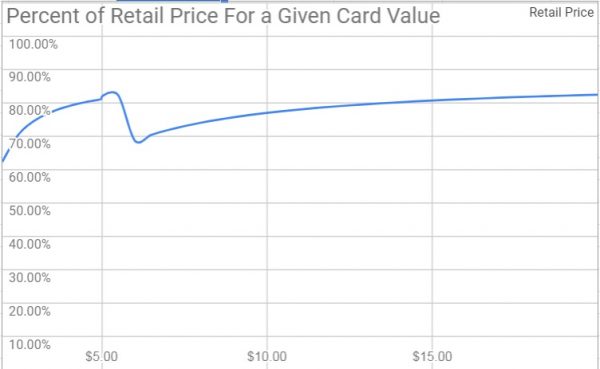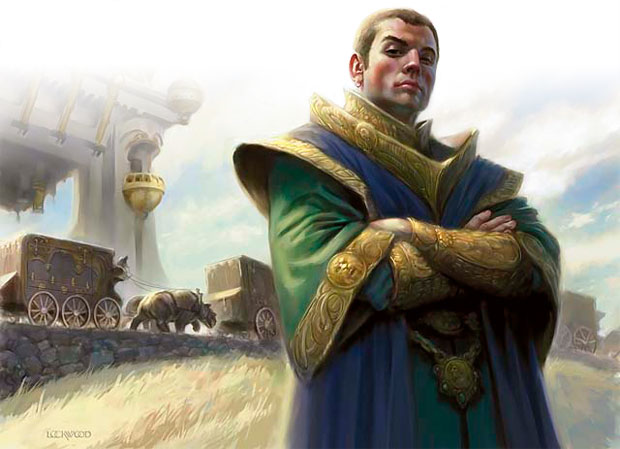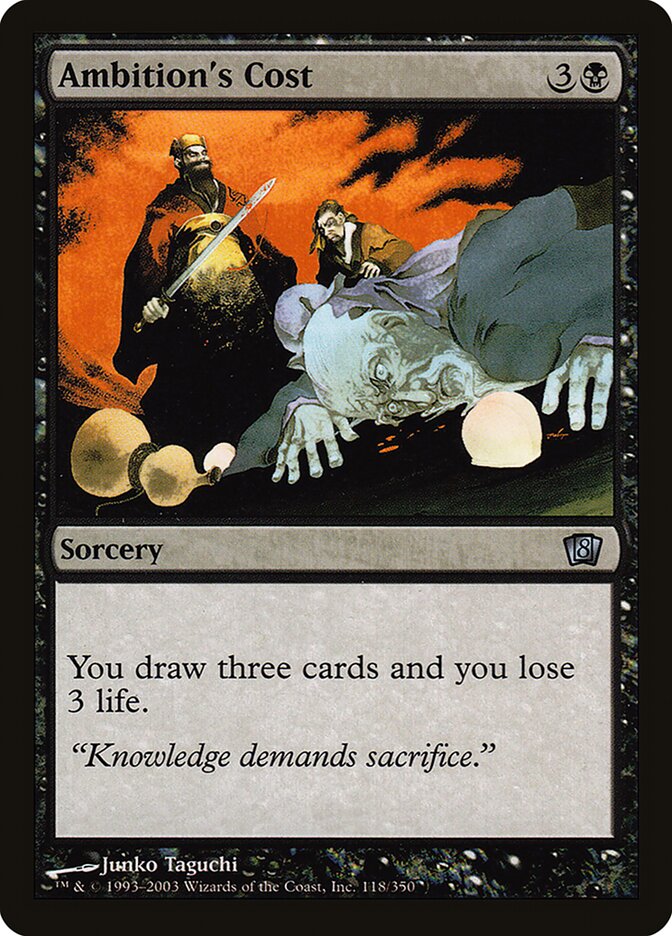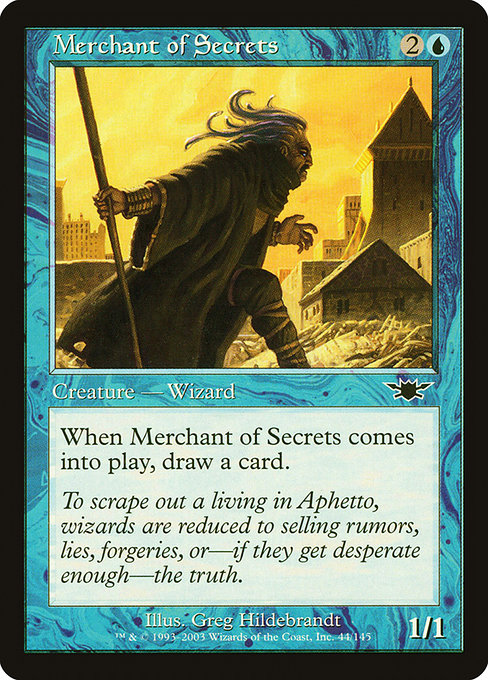Are you a Quiet Speculation member?
If not, now is a perfect time to join up! Our powerful tools, breaking-news analysis, and exclusive Discord channel will make sure you stay up to date and ahead of the curve.
The purpose of this article is to hopefully help anyone looking to finally sell out of the game or sell a large part of their collection off in one single transaction. Before anyone asks, I am not selling out of my collection at this time. However, I've been looking to buy collections recently, and there is an obvious "gap" between what people expect to get and what most collection buyers are going to offer.
While I've written a lot about running an online store throughout my years here, I haven't done anything from the other side of the transaction. My mission here is to help provide those looking to sell with some fundamental things to consider.
The Cost of Selling
When people sell cards on TCGPlayer or any online platform there are fees associated with the transaction. If you were to sell on TCGPlayer, there is at least a 10.25% fee charged by TCGPlayer as well as an additional 2.5% fee charged by PayPal to process the transaction. On top of that, there are additional flat fees like shipping costs and the flat $0.3 fee also charged by PayPal processing. These shipping fees are typically in the $0.62-$0.83 range when you include the cost of a stamp ($0.55), the cost of an envelope ($0.02), the cost of a penny sleeve ($0.01), and the cost of the top loader to protect the card ($0.04-$0.25).
Now, TCGPlayer has recently implemented an additional shipping charge for all orders under $5, which I wrote about last week, so some of these fees are alleviated on the smaller stuff. However, if the buyer is NOT selling on TCGPlayer then they don't get these nice $0.78 additional fee per sale.
Not all Cards are Worth Buying
Knowing this, most sellers immediately remove all cards under a certain amount from the list under the assumption that these cards are included as "profit boosters" for taking the time to purchase all the cards you are wanting to sell in one single transaction. For the sake of argument, let's peg this value at $3. This is probably the most important point and one that needs to be grasped by the majority of sellers. The TCGPlayer Collection Tracker is a fantastic tool that many of us buyers love.
Having access to a seller's list of cards with up-to-date pricing for those cards is an invaluable asset. However, it adds up EVERYTHING in your list, so if your list includes a large number of sub $3 cards, then the buyer will likely ignore all of those, and that big total you see at the top of your tracker will be a bit inaccurate. This is often one of the biggest reasons transactions fall apart. The seller has one expectation of their collection's value and the buyer has a much different one.
Profit is not a Bad Word
Profit often gets a pretty bad name nowadays as something that only greedy corporations seek. In this case, it is the sole reason that people are willing to buy your big collection of random cards and without it, your LGS would be non-existent. Realize that person buying your collection is likely not doing it because they just so happen to need all nine copies of Solemnity that you acquired over a couple of years. Rather, they themselves would like to make some money off of reselling your cards then. When you understand this, you'll find it easier to come to an agreed-upon price.
As a small aside, here's another big reason why these kinds of transactions fall apart. Magic players have a tendency to attach sentimental value to their collection as it's likely been a labor of love for them over the years. That effort should be rewarded, right? Sad to say, that special "first mythic rare" you ever pulled is worth exactly the same as every other copy out there.
Unfortunately, there is no agreed-upon profit margin between buyers and sellers, though most buyers often post the rate at which they are buying cards; on Facebook, it's typically between 65-75% of TCGPlayer low for all cards above $5. The reason for this number is as follows:
- If you want to sell cards at least somewhat quickly, you need to aggressively price them around TCGLow.
- 18-31% of the retail price is eaten up by fees with the higher numbers being for cards slightly above $5.

Most card sales on TCGPlayer will net the seller around 75-80% of the retail price after all fees and shipping are accounted for. This means that if you buy the cards between 65-75%, your profit margin is actually somewhere in the 7%-20% range depending on the various factors. When you think about how much effort selling all of those cards is compared to unloading them in one shot, it doesn't seem like that much of an actual cost to the person selling their collection.
Condition Matters
Another factor that everyone should understand is that condition is very relevant to the value of a card. All collection tracking apps that I am aware of, including TCGPlayer's collection tracker, assume Near Mint condition for all the cards on a list. If your cards have spent time getting played, there is a fair chance many are not actually NM, which means their value decreases. All major buylists factor in condition on card buy price, and offers can drop dramatically for cards in the Moderate to Heavily Played conditions.
While there is currently no definitive grading metric that accounts for all possible forms of defect or damage, you and your buyer should come to an agreement on which metric to use (most use TCGPlayer's metric). You should also make sure you are in agreement on the buyer's evaluations, especially on the more expensive cards where conditional deductions tend to cost the most.
Conclusion
Think of this article as something like a public service announcement. I've had multiple buys fall apart online because the seller was expecting a lot closer to retail than was viable. Not surprisingly, I often saw them repost the exact same collection a few weeks later having been unable to move it the first time. It can take a significant amount of time for a potential buyer to price out a collection and make an offer and that time is wasted every time a sale falls through.
It's my hope that this article can eventually be shared to non-QS members and some of this information can disseminate into the masses to help reduce the gap between buyer offers and seller expectations.








I am in a similar situation. Help me out here for arguments sake.
Hypotheticaly let’s say I have a list on quiet speculation. 5000 cards, valued about $40000, all cards NM/LP, 25% of the list is cards that retail (tcg low) for less than $5. Great spread of cards from foil pauper staples to reserve list cards including duals. Edh, modern, all formats except standard represented.
Why do I have such a hard time getting 10% less than if I were to just buylist it all? I mean I understand it’s hard to compete with card kingdom when they are buying at or near tcg low on cards. So I pick those cards out and sell them to CK, yet I still can’t get 10% below the quoted buylist. What am I missing?
I’m honestly a bit confused by your question. The first step would be that if 25% of your $40,000 (retail) collection is sub $5 then you basically have a $30,000 (retail) collection to most online buyers. I would imagine the spread on card kingdoms buylist for cards under $5 is greater than that of cards in the $20+ range. A quick glance at a few EDH staples shows that the TCGMarket price is significantly higher than the CardKingdom buy price on cards like Sol Ring, Thran Dynamo, and Goblin Bombardment (the spread was close to 50% on these 3 cards I quickly looked up). You will likely find similar spreads in the $5-$10 category as well (though probably more like 40-45%).
I bring all that up because if you’re factoring in all those sub $5 cards in your percentage valuation then I’m not surprised that you’re getting lower quotes than you’d expect.
If this response wasn’t helpful please feel free to reach out to me on our QS discord and I’d love to discuss further.
I’ve written a similar article for my own forum, it draws in a few sellers per year and helps more.
Points I’ve focused on:
– Decide on what you’d like to get
– Make sure it’s clear what you are selling
– Take pictures
– Ask people who know more to validate your expected price
– Understand you have competition and that it’s a buyer’s market
– Expect negotiation